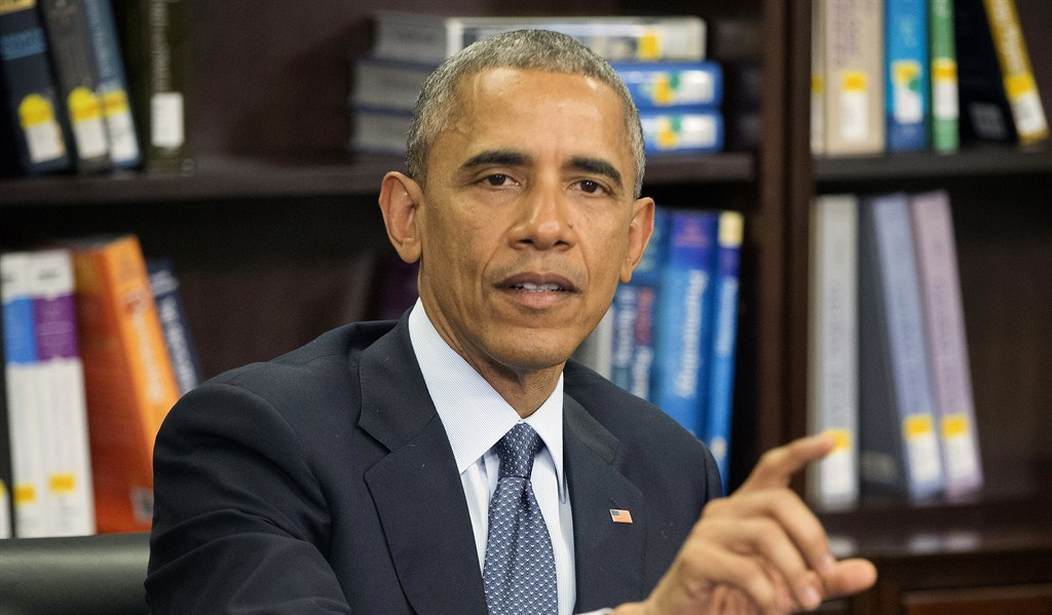A new term has appeared out there in the ‘digital ether’ (and is starting to make the rounds) to describe the economic malaise that too many Americans have been suffering through under President Obama’s ‘watch’. It is the “personal burden formula”, or “PBF” for short.
Both the current (long running) economic “Obama-nemia” and the PBF harken back to the end of the Carter era in the late 1970s.
On July 15th 1979, then President Carter gave a nationally televised address which later came to be known as his ‘
In the 1980 Presidential election, then Republican candidate Ronald Reagan respectfully disagreed with Democratic candidate Jimmy Carter. In so doing, soon-to-be President Reagan popularised the phrase “misery index”, or “MI” for short.
MI is simply the unemployment rate plus the inflation rate (ie MI% = U% + I% … with apologies to the non mathematically inclined), although there are more complex variations. It is a percentage, usually for a given historical period, most often for a Presidential term or two. Like its two components, the higher the MI then the worse the economic times and vice versa.
There are many people, organizations and websites purporting to calculate MI (usually but not always based on ‘official’ government statistics). Most show that since President Harry Truman, MI peaked under Democrat Carter (21%) with the second largest MI being under his immediate predecessor of GOP President Gerald Ford (18%). Democrat Obama’s MI ‘officially’ peaked in 2011-12 (12%), similar to the peaks for Republican Bush Sr (11%), Republican Nixon (11%) and Democrat Truman (12%). It is lower than Republican Reagan’s peak (18%), but his peaked in his first year after Carter and declined thereafter.
Recommended
However, it was reported last year that under Obama: “Today, the [MI] would be 7.5% using official numbers. But if calculations tabulating the full national unemployment including discouraged workers, which is 10.2%, and the historical method of calculating inflation, which is now 4.5%, the current misery index is closer to 14.7%.” The caveat to this is that many economists and others recognise that the ‘official’ unemployment and ‘so called’ inflation (mainly CPI) figures have been ‘fudged’ downwards for decades (possibly many decades).
Mitt Romney unsuccessfully tried to resurrect the term of “misery index” in 2011-12 at the start of his failed bid for the Presidency against Barack Obama. It is hard to know exactly why MI didn’t catch on again for Romney versus Obama, as it originally did for Reagan versus Carter. As an economist, I think the comparison of Obama’s economic policies to Carter’s failed ones is more than apt (in addition, it is also apt to compare Obama’s ‘struggles’ with the truth to Nixon’s).
The ‘new MI’ might just be the PBF (personal burden formula). Like MI, PBF is a function of unemployment and prices. Specifically, it is the unemployment rate plus gas prices plus food prices (ie PBF% = U% + G% + F% … with apologies again to the non mathematically inclined). Although it has three components rather than just two, it still is bringing together unemployment and cost-of-living (and besides there is something a bit magical about the number 3 anyway). Regarding the latter, PBF focuses on two of the most important prices impacting most of middle America – ie gas and food – and two prices that the average voter can relate to in their every day lives better than say CPI.
Perhaps PBF will shine a similar (and hopefully better) light on to the economic malaise under Obama in the lead up to the elections in November 2016.
Let’s have a ‘Q&D’ look at what the PBF is saying (using BLS data for 1980-2013). Using 1980 as the PBF base year, under Obama’s ‘reign’ PBF increased from 2008 to 2011 by 18% but has decreased from 2011 to 2013 by 8%. Importantly, PBF has been increasing ever since 1998. From 1998 to 2008, it rose 76% … and overall a staggering 108% from 1998 to 2013. This certainly correlates well with the many bad economic policies at the end of the Clinton Presidency, during George W Bush’s era (particularly the final year or two), and of course the self-trumpeted return of “Big Government” at the heart of “Obama-nomics”.

Remember, this initial PBF assessment (as MI before) is using the federal government’s own ‘official’ (and highly debatable) statistics. So the real economic story for Americans is undoubtedly much worse.
It is important to note that the much better (but far from perfect) economic policies under “Reagan-omics” (including the non-QE Fed at that time) yielded US workers and consumers a PBF that briefly rose from 1980 to 1982 by 20% but then steadily fell from 1982 to 1988 by 27%.
The economic moral of the Reagan story versus that of Clinton-Bush Jr-Obama, is that bad economic policies of one’s predecessor must be quickly addressed with good ones (ie pro free market). There will be more pain for some at first (the pain being much shorter, the more markets are liberated), for much greater and sustained gain for most thereafter. Putting in place more bad (or even worse) economic policies to address the inevitable poor economic outcomes from previous bad policies is an all too common approach by governments (for 100+ years and counting, unfortunately).
Obama has followed Bush’s bad policies in the wake of the “Global Financial Crisis” or “GFC” with similar but even worse policies, thus turning the GFC into the “Great Recession” and ongoing “Great Malaise II”.
Putting aside its economic, statistical and mathematical pros and cons, PBF (or some variant of) could very well take off this or next year for those candidates and voters who are ‘sick and tired’ of a US (and world) economy suffering through six long years (and counting) of “Obama-nemia”.



















Join the conversation as a VIP Member